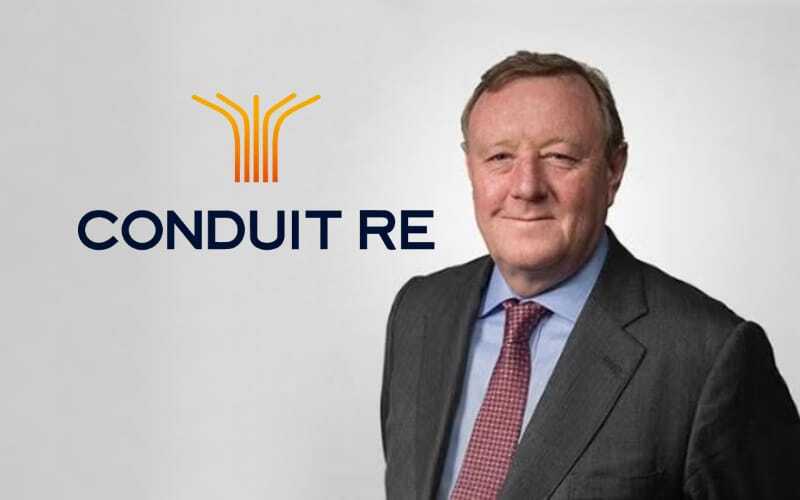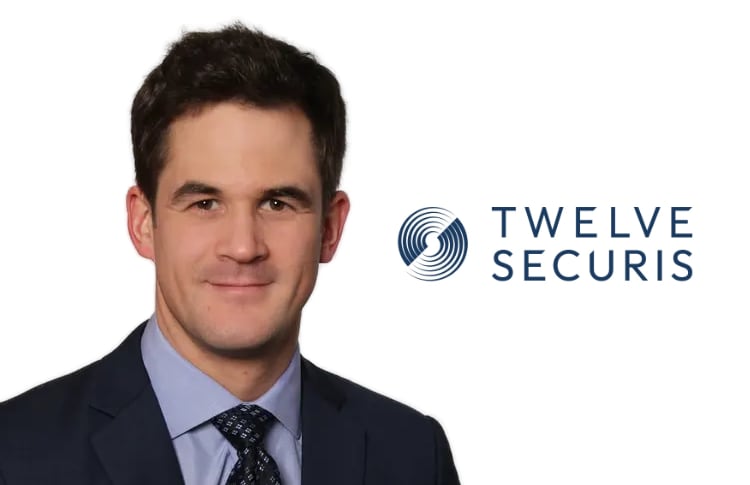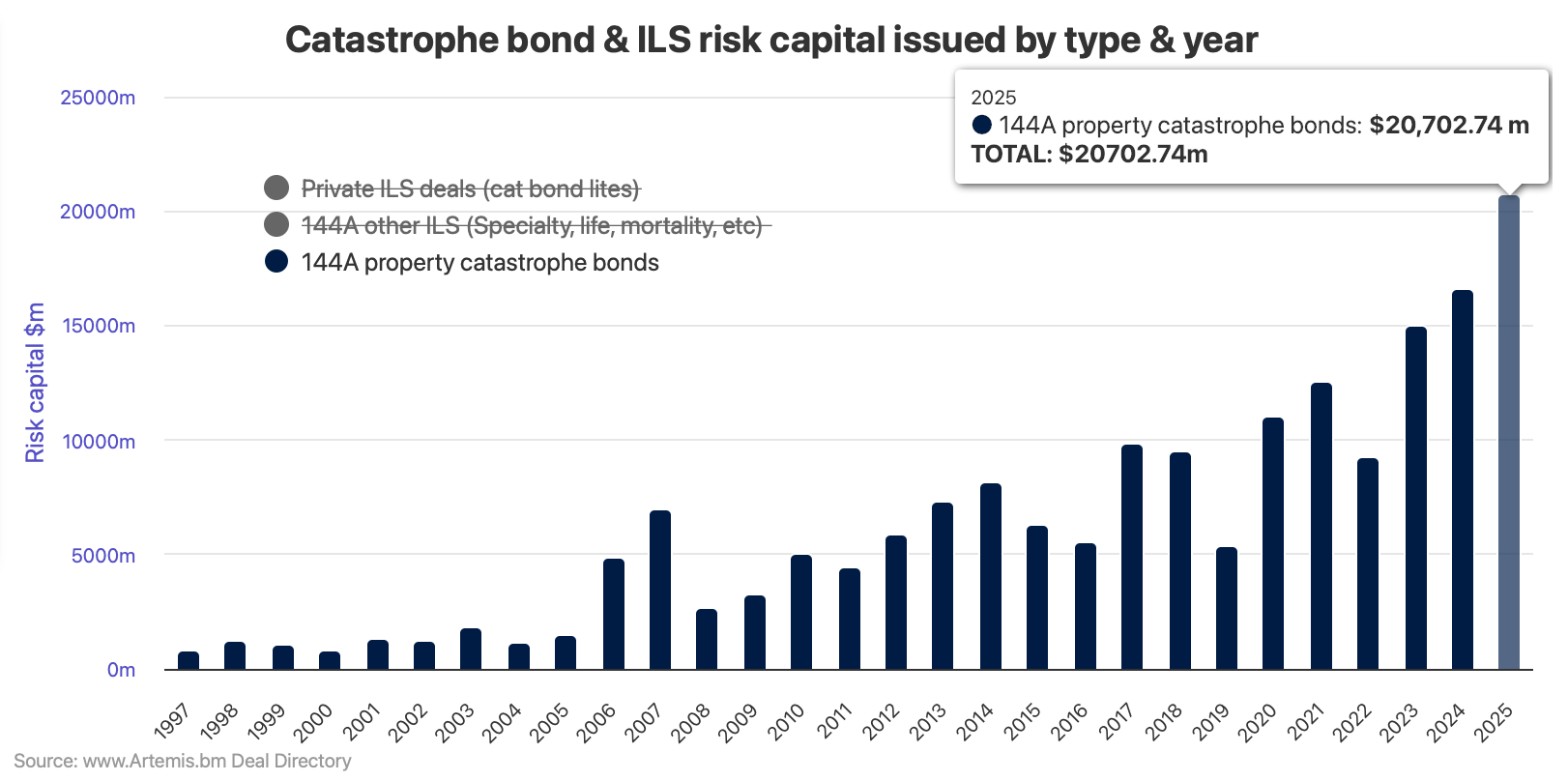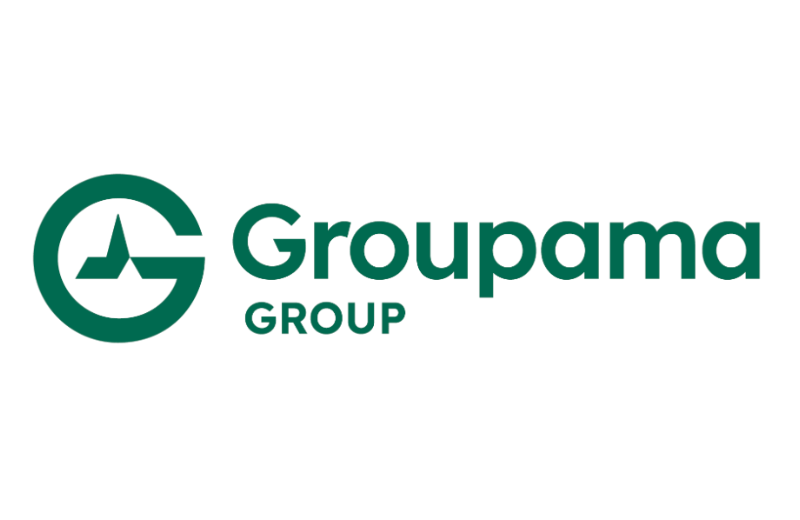
Conduit Re’s retrocession strategy has evolved to complement its peak peril protections, CEO Neil Eckert explained during the company’s Q1 2025 analyst call today, highlighting recent purchases of catastrophe hedging for US and global secondary perils, as well as increased aggregate cover.The move follows loss impacts from the California wildfires earlier this year and fulfills the company’s stated intention to expand retrocessional protections to better shield earnings from volatility driven by smaller, more frequent events.During Conduit’s Q1 2025 analyst call earlier today, Eckert, who was recently appointed Chief Executive Officer (CEO) of Conduit Re, provided more details on the firm’s updated outwards retro reinsurance programme.
Eckert outlined how the reinsurer has refined its approach to retrocession, adding per-event and aggregate coverage for secondary perils like fire, flood, winter freeze, and convective storm.“Our outwards reinsurance strategy has evolved, and the California wildfires highlighted the need for us not only to address peak perils, such as hurricanes and earthquakes, but also secondary perils like fire, flood, winter freeze and convective storm to better align with our return objectives and the desire to reduce earnings volatility,” said Eckert.“We’ve taken decisive steps to address these risks.
We have secured additional limits, both for US and global secondary perils, alongside increased aggregate cover substantially reducing our net exposure,” he added.Eckert confirmed that Conduit Re has not altered its peak peril probable maximum losses (PMLs), but the additional secondary peril protections have been designed to provide a stabilising effect on earnings.The enhanced programme includes per-event coverage and aggregate protection that attaches within the company’s established cat budget thresholds.
“Whilst for commercial reasons, we don’t disclose details of individual reinsurance contracts, we have purchased meaningful limits for each and every event that attach within our individually disclosable loss levels for US secondary perils, and have also purchased significant additional aggregate reinsurance cover,” he said.“These enhancements complement our existing peak peril protections, strengthening resilience against both large scale natural catastrophes and smaller more frequent secondary perils.” Conduit Re already maintains peak peril retrocession, including through its $100 million catastrophe bond, which provides US named storm and US earthquake protection.The new purchases are designed to complement the traditional programme and cat bond, broadening the scope of protection.
“This refined approach is designed to stabilise returns for the remainder of ’25 and the Atlantic wind season,” Eckert added.“These recent purchases reflect a strategic shift on outward reinsurance, one that stresses earnings stability by balancing protection against higher severity infrequent events, but also smaller scale more frequent ones.We expect this will support more consistent performance across varying risk scenarios.
“Looking ahead to 2026, and beyond, we plan to leverage these refinements and any changes to our inward portfolio to further optimise our protection strategy.” Eckert detailed the two forms of new reinsurance: per-event cover for individual secondary peril losses and aggregate cover that applies across a series of events.Both are structured to attach in line with existing disclosure thresholds, without materially changing the company’s peak peril PMLs.“We’ve purchased two types of reinsurance.
Per-event cover, which covers us against a catastrophic secondary peril and then aggregate cover, which covers against a series of losses.” he explained.“The attachment point, or the place at which the per-event cover provides a hedge, is within our individually disclosable amounts per-loss, so they would sit within our cat budget.Then the aggregate cover sits further sideways behind the buffer,” Eckert continued.
“I can’t be more specific than that, but certainly the coverages have been tailored to reduce volatility, which we also know was a concern.” Eckert also reiterated that the company’s disclosed PMLs remain stable and are focused on peak peril exposures.“Our PML’s are largely unchanged, and the PML’s that we tell the market are based on peak peril, so quake and catastrophic wind.The additional coverage we purchased is for secondary perils, both on an each and every basis and an aggregate basis, so they do not have a net impact on our PML’s, which are roughly running as planned, as per-previous disclosures.
” Concluding: “As the year goes on, we will write more business, just naturally in terms of new business submissions and renewals.So they will go up during the year, but for now, they’re stable, and as per-previous disclosures.”.All of our Artemis Live insurance-linked securities (ILS), catastrophe bonds and reinsurance can be accessed online.
Our can be subscribed to using the typical podcast services providers, including Apple, Google, Spotify and more.
Publisher: Artemis








